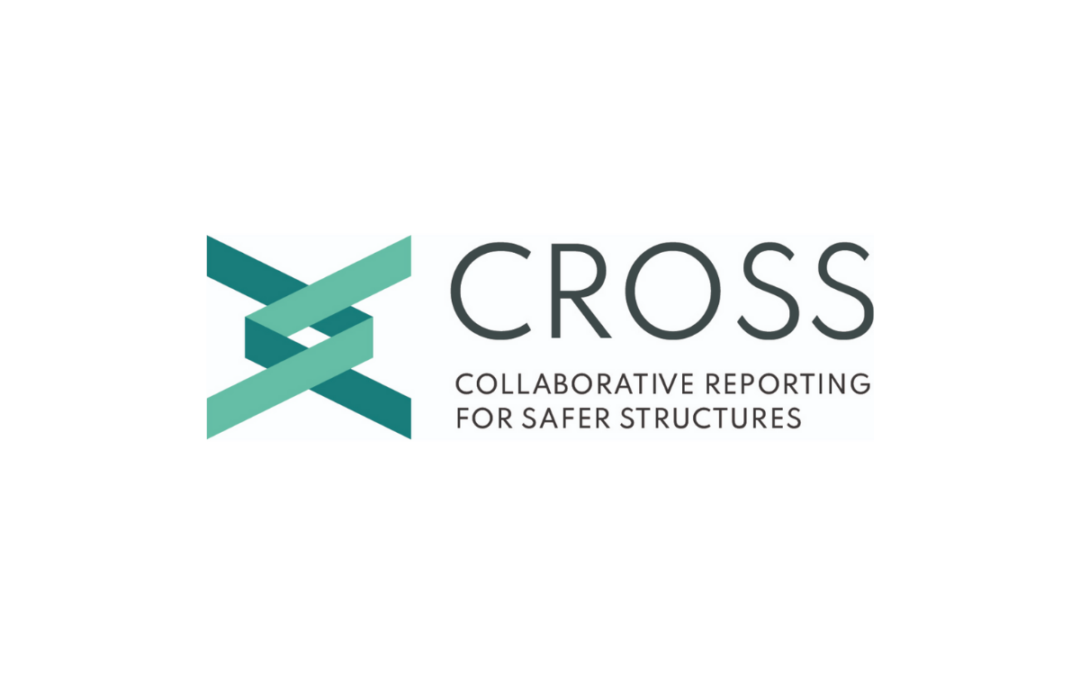Citation has shared an important legal update for employers following confirmation that the Employment Rights Bill has now passed through Parliament and becomes law on 18 December, formally enacted as the Employment Rights Act.
The Act represents the most significant overhaul of employment law in Britain in over 30 years (excluding Northern Ireland). While the legislation is now in force, the majority of changes will be introduced in phases from April 2026 through to 2027, following a series of government consultations and secondary legislation.
A Brief Overview
Originally introduced as a 158-page Bill, the legislation expanded to more than 330 pages during its passage through Parliament, proposing over 30 employment law reforms. Following extensive debate between the House of Commons and House of Lords, a final agreed version was approved this week.
Although the Act is now law, its provisions will not take effect immediately. The Government is running at least 26 consultations to finalise how employers will need to comply, with implementation staggered over the next two years.
Key Areas Employers Should Be Aware Of
Citation has highlighted three areas that are likely to have the most direct impact on employers’ costs and day-to-day operations.
Statutory Sick Pay – Changes from April 2026
The current three waiting days for Statutory Sick Pay (SSP) will be removed, meaning SSP will become payable from day one of sickness absence. In addition, the Lower Earnings Limit will be abolished, extending SSP entitlement to lower-paid workers.
Employers may need to budget for increased sickness costs and ensure absence management procedures are robust and consistently applied.
Unfair Dismissal – Reduced Qualifying Period from January 2027
The qualifying period to bring an ordinary unfair dismissal claim will reduce from two years to six months. The Government has indicated this will take effect from 1 January 2027, applying retrospectively to employees who reach six months’ service by that date.
This change places greater emphasis on recruitment decisions, probation management, performance documentation and manager training.
Expanded Duties to Prevent Harassment – From October 2026
Employers will become liable for harassment of employees by third parties, such as customers or suppliers, unless they can demonstrate that all reasonable steps were taken to prevent it. This duty will apply to all protected characteristics, not just sexual harassment.
Employers will need to actively assess risk, implement preventative measures and ensure policies are embedded in practice.
Indicative Implementation Timeline
Based on current Government commitments, key changes include:
April 2026
- Day one SSP entitlement
- Day one paternity leave and unpaid parental leave
- Establishment of the Fair Work Agency
- Increased whistleblowing protections
- Collective redundancy protective award extended
October 2026
Duty to prevent harassment (including by third parties)
Fire and rehire reforms
Extended tribunal time limits
Trade union access and recognition changes
January 2027 onwards
- Six-month unfair dismissal qualifying period
- Zero-hours contract reforms
- Enhanced protections for pregnant workers
- Flexible working and bereavement leave reforms
- Regulation of umbrella companies
Further Support
Citation has confirmed it will continue to support employers through the transition period with detailed guidance, webinars and practical advice as further clarity emerges.
FIS is sharing this update to ensure members are aware of the forthcoming changes and can begin early planning where appropriate.
For further information or tailored advice, members may wish to contact Citation directly or seek professional HR and legal guidance.






